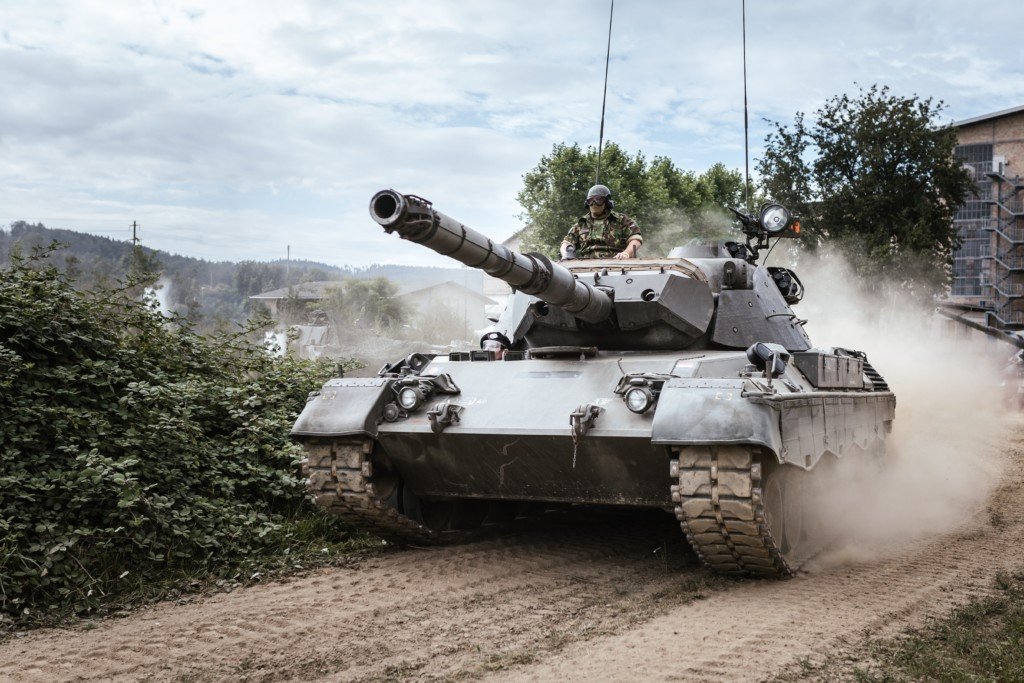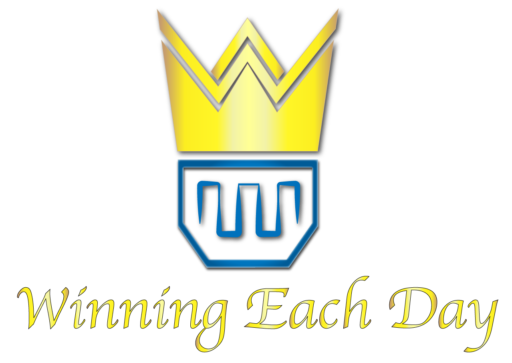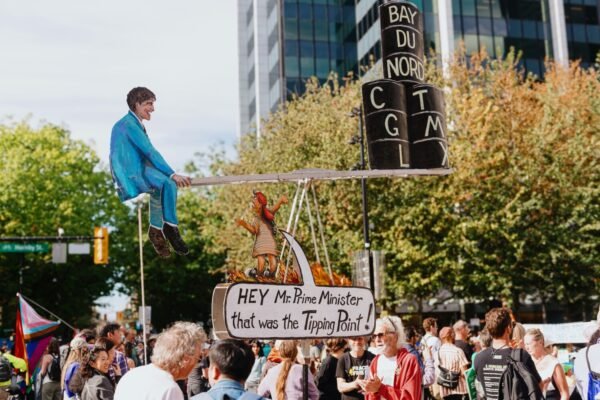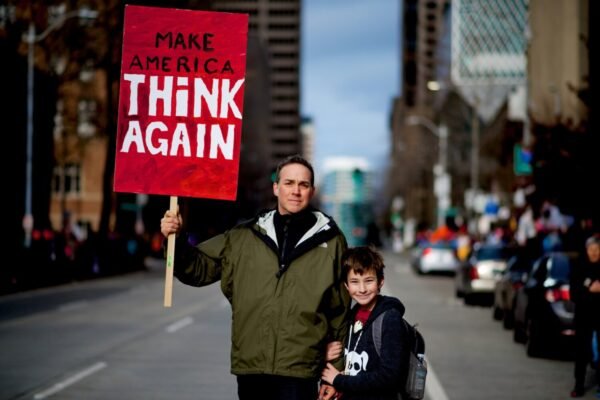|
LISTEN TO POST:
|

Cancel culture as we know it has moved into a new dimension. Nowadays, it’s not only celebrities and public speakers facing the pointed edge of the sword by the masses. This time, various sovereign nations have banded together in an attempt to pull Putin off his high horse.
Putin’s Russia
Vladimir Putin is the President of the Russian Federation. Russia is a transcontinental country with a landmass covering areas in both Europe and Asia. She has a population of nearly 145 million and a gross domestic product (GDP) of over 1.7 trillion dollars (1). The major export of the largest remnant of the Union of Soviet Socialist Republic (USSR, aka the Soviet Union) (2) is crude oil.
Russia produces approximately 11 million barrels of crude oil per day and sells about 5 million of them every day to countries like the United States, Germany, Italy, Poland, Finland and the Netherlands. As a result, Putin’s Russia is one of the top three producers of oil in the world. The other two competitors are the United States (20%) and Saudi Arabia (12%) (3). It is obvious that Russia (by extension Putin) is a major player in the crude oil market. As it stands today, Putin is a prolific oil tycoon. Also, as the commander-in-chief of the Russian armed forces, he controls the second most powerful military in the world (4). Putin is clearly a very powerful man in the geopolitical landscape and I’m sure you’re wondering how he became so powerful.
The rise of Vladmir Putin
Every man’s story begins at birth. So, let’s start there. Vladimir Vladimirovich Putin was born in St. Petersburg on October 7, 1952 (yes, he’ll be 70 years old this year). By 1975, he completed his college education and joined the KGB (main security agency of the Soviet Union) for 16 years, rising through the ranks to lieutenant colonel. He quit the agency and began his political career in 1991, still in the city of his birth (5).
5 years later, Putin moved to Moscow, the current capital of the Russian Federation. He joined the administration of Boris Yeltsin who was the first president of Russia. Under Yeltsin, he served as the director of the Federal Security Service (FSB) and secretary of the security council until he became prime minister in August of 1999. Within a year after that, Putin was appointed acting president and then elected president of the Russian Federation. He’s been the leader of Russia since then, except for a brief hiatus as prime minister after his second term as president (5). Over the period of his career, he has accrued wealth estimated at around 200 billion dollars (7). Again, the fact that Vladmir Putin is a very tactful and powerful leader cannot be underestimated. However, this question still remains: “are we looking at the end of Russia’s Putin?”
David versus Goliath?
To explore the question of whether Putin is at the end of his rope, we have to look closely at what is happening in Ukraine, Putin’s latest theater. In comparison to Russia, Ukraine is a smaller country and a quick look at the numbers further back this up. For starters, Ukraine has a population that is only a third of Russia’s and the GDP of Russia is almost 10 times that of Ukraine (1,8). The military might of Russia against Ukraine is quite the David-versus-Goliath situation as Putin’s active forces outnumber Ukraine’s by as much as 5 to 1 (9). On top of all this, Ukraine is led by Volodymyr Zelensky. He is an ex-comedian who is considered by many experts as politically inexperienced (10).
In spite of such gross mismatch, Russia has been unrelenting in her decision to attack and claim Ukraine for herself. In 2014, Russia annexed Crimea after illegally occupying it and forcing a vote that legitimized her occupation of the Black Sea peninsula (11). 8 years later, following a declaration of war on Ukraine by Putin, five more cities have fallen. These include Donbas (Donetsk and Luhansk), Mariupol, Kherson and Kharkiv. With Kyiv on the horizon, President Zelensky is defending the Ukrainian capital. He is at it with support from his people, the international community and European Union (EU) (12). But, will Ukraine’s will be enough to defend against the Russians’ might in this unprovoked war?
Sanctions against Putin’s aggression
The response from the EU, though delayed, has been decisive. However, the Russian army marches forward to the peril of Ukrainian citizens and the destruction of military and civilian infrastructure. According to a list of sanctions gathered by BBC news, there is a multi-pronged attack on Putin. This offensive is aimed at starving him of funds that may be crucial to his war on Ukraine, especially in the long term (13).
The sanctions target three areas. The first is financial measures that are intended to cripple the Russian financial system. By these sanctions, assets of the Russian central bank have been frozen. In addition, access of other Russian banks to European banking systems are denied. This is expected to negatively impact the Russian economy and hopefully force Putin to rethink his war.
Second set of sanctions are directed at Putin’s cronies, the so-called inner circle. It is believed that Russian oligarchs serve Putin and may provide a financial escape for Putin despite the first group of sanctions. As a result, the EU, UK, US and Canada have come together to isolate these individuals and freeze their assets.
This same coalition of countries (the EU, UK, US and Canada) is working together to enforce the third group of sanctions that seek to limit Russian international trade. At least, as far as the coalition is concerned. However, until March 8, none of these countries dared impose restrictions on the import of Russian oil because the EU and UK are heavily dependent on it. On March 8, the US President, Joe Biden, announced a ban on Russian oil and gas import to America. Biden and His allies are currently working on deals that will allow them to fully sanction the import of crude oil from Russia (14).
UN, refugees and Anonymous
So far, the rest of the world have shown disdain for the Russian invasion of Ukraine through historic numbers of votes against Putin’s war. Following an emergency session held by the United Nations’ general assembly, 141 represented states out of the current 193 voted against Russia’s aggression towards Ukraine. While this may be largely symbolic, it shows a lot of support for the Ukrainian president and his citizens (15). To add, Ukraine’s neighbors, like Poland, have stepped up their efforts to welcome and integrate refugees fleeing the war with encouragement from global citizens all over the world (16). Even fringe organizations such as Anonymous have responded to Zalenskey’s call to help Ukraine fight back (17).
Cancel culture
I am certain you’ve heard the words “cancel” and “culture” used in the same sentence several times because of the phenomenon cancel culture has become today. If not, here is my concise explanation of it. Cancel culture is essentially a function of the court of public opinion. Say a powerful person does something wrong. But, for some reason, that person is not held accountable by the legal system as is. Victims and supporters of the victims come together to exact their own form of mob justice. Generally, this is done via the use of social media. The mob usually call for the boycott of that alleged justice escapee.
As the mob pressure mounts, entities in that escapee’s circle begin to respond to the mob’s demands to avoid whatever they are threatening. In the end, the person who was initially thought to have escaped justice is ostracized from society as members of their circles publicly shun them because of the social pressures at work. A person who meets an end like this is classified as “cancelled”.
The influence of cancel culture has been seen in movements like “#metoo” and “#blacklivesmatter”. People who have been cancelled for one reason or the other include Bill Cosby, Harvey Weinstein, R. Kelly and Ellen DeGeneres. Interestingly, cancel culture is not restricted to obvious public figures. Companies and board members of famous brands or institutions are equally fair game for the cancel culture mob as well.
The culture goes global
Russia’s hard power approach to garner geopolitical influence by invading Ukraine has been met with severe opposition, though not in a like-for-like manner. With nuclear weapons a hanging threat from Putin, America and its allies (mostly members of The North Atlantic Treaty Organization, NATO) do not want to provoke an all-out war that could be catastrophic for us all. Consequently, these allies have employed a classic cancel culture tactic.
At the core, cancelling an individual strips them of all their supposed public influence. As a result, very few recover from that. Cancelled individuals disappear from the public eye and self-isolate to avoid further damage. It is clear that cancel culture has its merits. Therefore, it is not a surprise that NATO and the majority of the rest of the world have condemned Putin’s actions and are gradually stripping him of access and influence.
Businesses are pulling out of Russia to the same effect and those that haven’t will definitely feel threatened to do so. This is clearly a powerful cancel culture implementation on a global scale for the best of intent—to prevent nuclear war. Nonetheless, I wonder, will this be enough to stop Putin and force him back into Russia, leaving Ukraine alone? Will these tactics be effective in stripping Putin of influence? Can the world’s mob pressure guarantee Ukraine’s freedom? Will Vladimir Putin get cancelled?



